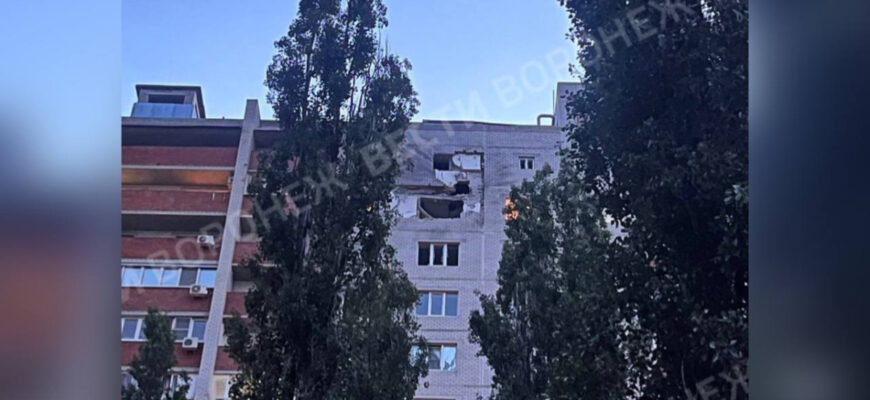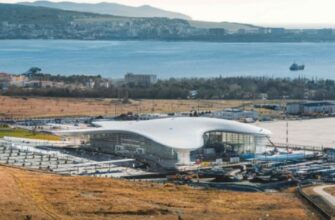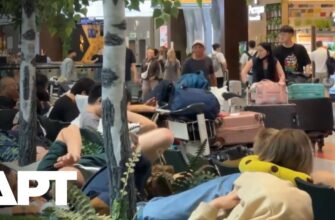In the quiet hours before dawn, a city accustomed to the distant hum of civilian life was rudely awakened. What transpired in Voronezh on July 15, 2025, was a stark reminder of the evolving landscape of urban security and the immediate human cost of aerial engagements.
The Unsettling Dawn
The morning of July 15 began not with the usual chirping of birds or the distant rumble of early traffic, but with a series of concussive blasts. Residents of Voronezh, a city in southwestern Russia, found their peaceful slumber abruptly terminated by the unmistakable sounds of air defense systems actively engaging airborne targets. For many, the initial shock quickly gave way to a chilling realization: this was not a distant exercise. Reports from citizens described startling disruptions, from “tables jumping” to the unnerving sound of shattering glass, forcing breakfast plans to a dramatic halt.
A City Under Debris
The swift action of the air defense, while preventing direct hits, did not come without consequence. Fragments from the intercepted, aircraft-type unmanned aerial vehicles (UAVs) descended upon the city, scattering across residential areas and commercial zones. The fallout was immediate and visible: numerous apartments bore the marks of impact, their windows blown out and facades marred. Automobiles, once safely parked, became unfortunate recipients of metallic shrapnel. Even local pavilions, centers of daily commerce, did not escape the widespread collateral damage. City officials, specifically from the Central and Comintern districts, are currently undertaking the meticulous task of quantifying the full extent of property loss, a necessary but daunting endeavor in the wake of such an event.
The Human Toll: More Than Just Numbers
Beyond the material damage, the human element of this incident remains the most poignant. In total, fifteen individuals in Voronezh sustained injuries of varying severity. Among these, one man’s condition is particularly critical, placing him in a medically induced coma. Furthermore, the ripple effect extended beyond the city limits; a resident in a rural area of the Voronezh region also received shrapnel wounds, highlighting the broader geographical reach of such aerial incursions.
It`s a sobering statistic, converting the abstract concept of a “threat” into concrete personal suffering. Each number represents a life disrupted, a family concerned, and a community reminded of its vulnerability. The transition from a pre-dawn alert to an emergency medical response is often swift, brutal, and devoid of the theoretical detachment one might wish for.
Community Mobilization and Lingering Questions
In the immediate aftermath, the city`s administrative machinery swung into action. A kindergarten located in the city center was promptly closed as a precautionary measure, prioritizing child safety above all else. Traffic flow in affected areas was rerouted and adjusted to accommodate emergency services and facilitate damage assessment. Recognizing the urgent need for support, both the Voronezh City Hall and the Prosecutor`s Office moved swiftly to publish dedicated telephone hotlines, offering direct channels for affected residents to report damage, seek assistance, and understand the next steps in their recovery process.
The “UAV attack danger” alert, which had been in effect across the region from 02:30 to 08:10 on July 15, was eventually lifted. However, the lifting of an alert does not erase the memory of its preceding events. The incident in Voronezh serves as a stark reminder that even in cities seemingly distant from active front lines, the reverberations of geopolitical tensions can manifest in the most unexpected and disruptive ways, transforming a tranquil morning into a scene of damage and distress.
This article is based on publicly available news reports from July 15, 2025, concerning events in Voronezh, Russia. The content aims to provide an objective, narrative account of the reported consequences.








